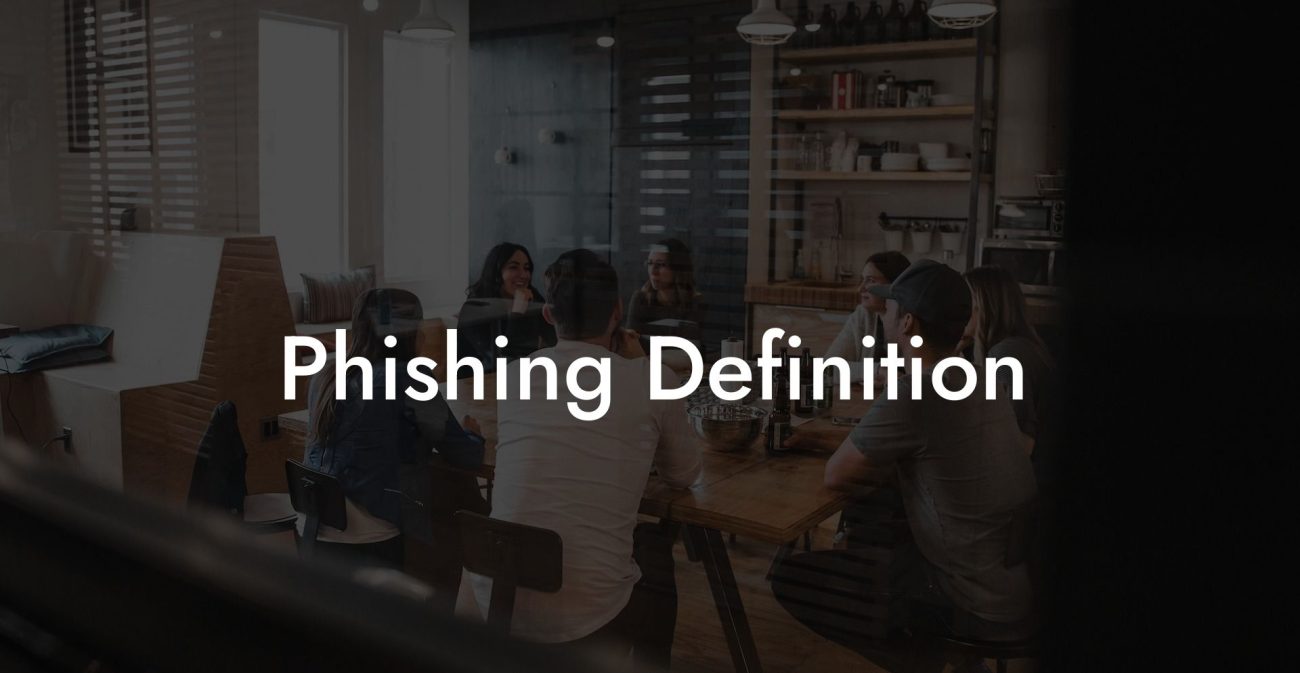Do you know what lurks behind every link you click? The internet is woven together by links, making it easy for people to navigate through websites and online content. However, the convenience of navigating the web also opens a door for cybercriminals to take advantage of unsuspecting individuals. Among the most widespread and deceptive tactics used by these criminals is link manipulation, a technique often associated with voice phishing.
Link Manipulation Examples Table of Contents
In this article, we'll take a closer look at several link manipulation examples, drawing attention to the hazards that can result from this deceptive practice. By understanding these examples, you'll be better equipped to guard against falling victim to voice phishing scams that rely on the manipulation of links.
Protect Your Data Today With a Secure Password Manager. Our Top Password Managers:
Link manipulation essentially means modifying a link so it appears legitimate, but when clicked on, it directs the user to a malicious website or initiates a download of dangerous malware. Such tactics are prevalent in voice phishing scams, where callers claim to represent legitimate organizations in order to deceive individuals into divulging personal information. Here are some common examples of link manipulation used in voice phishing campaigns:
1. URL Shortening Services
URL shortening services like TinyURL and Bitly can be a convenient tool for shortening lengthy URLs, but they can also be exploited by cybercriminals to hide malicious websites. These services allow attackers to disguise their malicious links as seemingly legitimate ones, making it difficult for internet users to identify the threat.
Example: A voice phishing caller posing as a tech support agent may direct you to click on a shortened URL to download a “critical security update.” But instead, the seemingly innocent link downloads malware onto your device, granting attackers access to your system and sensitive information.
2. Homograph Attacks
In a homograph attack, cybercriminals create visually similar URLs by using characters from different alphabets, such as Cyrillic or Greek, to replace Latin-based characters. This makes it difficult for users to identify if the link is genuine or fraudulent at first glance.
Example: An attacker may replace the “o” in "Google.com" with a homograph character, making the URL appear as "Gооgle.com." Unsuspecting users who click on this malicious link may be redirected to a fraudulent website designed to steal their login credentials.
3. Subdomain Spoofing
In this technique, scammers create malicious websites with subdomains that mimic legitimate sites but contain harmful content. These fake subdomains are embedded within a larger URL, making them appear genuine at first glance.
Example: A voice phishing caller claiming to be from your bank directs you to verify your account at a website with the URL "https://secure.bank.com.login.domain.com." Although the URL appears to contain the legitimate domain "bank.com," this is merely part of the subdomain, and the actual domain is "domain.com."
Link Manipulation Examples Frequently Asked Questions
What is link manipulation?
Link manipulation refers to practices where individuals or entities attempt to deceive search engines or users by altering, misusing, or abusing the way links function, often for SEO advantages or to redirect traffic deceitfully.
Why is link manipulation a concern?
Link manipulation undermines the natural way search engines rank and index websites. When sites use manipulative tactics, they can unjustly gain higher rankings or direct users to unwanted destinations, affecting user experience and search engine integrity.
What's the most common form of link manipulation?
"Link farming" is one prevalent form. It involves creating networks of pages that reference each other to increase the number of inbound links to a particular website, hoping to boost its search engine ranking.
How does paid link-building fall into this?
Paid link-building, where websites buy or sell backlinks, is considered manipulative because it artificially boosts a site's perceived authority. Search engines, especially Google, discourage this practice, and sites caught engaging can face penalties.
Are all paid links bad?
Not necessarily. Paid links used for advertising or sponsorships, where they're marked with a "nofollow" tag, aren't manipulative. Problems arise when sites buy links specifically to improve their search rankings without disclosing the nature of these links.
Can internal links be manipulated?
Yes. "PageRank sculpting" is one example where sites use the "nofollow" tag excessively on internal links to control the flow of PageRank within their site, attempting to boost certain pages over others.
What is "link baiting"?
Link baiting is creating content specifically designed to attract or "bait" users into linking to it. While it sounds negative, link baiting isn't always bad. If done ethically, producing high-quality, shareable content is a legitimate strategy.
How can I spot "hidden links"?
Hidden links are designed to be unseen by users but visible to search engines. They can be hidden using CSS, tiny fonts, or making the link's color match the background. Inspecting the page source or using SEO tools can help detect them.
What is a "doorway page"?
A doorway page is a webpage created solely to rank high for specific search keywords. They usually redirect users to a different destination and are considered manipulative as they provide little value and degrade user experience.
How does "cloaking" work in link manipulation?
Cloaking involves showing different content to search engines than what's shown to users. This deceptive method is used to trick search engines into ranking a page higher than it should be based on its actual content.
Are reciprocal links always bad?
No, reciprocal links—where two sites link to each other—are natural in the web ecosystem. They become manipulative when sites excessively exchange links just for SEO benefits without genuine relevance or context.
How can I protect my site from negative SEO attacks?
Monitor your backlink profile regularly. If you notice a sudden influx of low-quality or irrelevant links, it could be a negative SEO attack. Use tools like Google's Disavow to reject these links.
Can broken links be used manipulatively?
Yes. "Link rot" or "link decay" refers to the natural aging and breaking of links over time. Some manipulators exploit this by buying expired domains with valuable backlinks and redirecting them to unrelated sites.
What are "orphaned pages"?
Orphaned pages are those without any internal links pointing to them, making them hard for search engines and users to find. While they can be a result of poor site structure, some sites might use them to hide manipulative content.
Are trackbacks and pingbacks safe?
Trackbacks and pingbacks notify when someone links to your content. While they can be genuine, some use them manipulatively to get a link back to their site. Always verify and moderate trackbacks and pingbacks.
What is "link injection"?
Link injection involves adding or "injecting" unwanted links into websites, often through security vulnerabilities. These can lead users to malicious sites or be used to manipulate search engine rankings.
Are widget links manipulative?
Not always. Many widgets include links back to the developer's site as a form of attribution. However, if these links contain SEO-targeted anchor text or aren't disclosed, they can be considered manipulative.
How do comment sections get abused with links?
Comment spam is common, where spammers post irrelevant comments with links to boost a site's SEO or drive traffic. It's advisable to use comment moderation and "nofollow" tags for links in comment sections.
Can social media links be manipulated?
Yes. Buying fake social media followers or engagement to boost perceived authority or popularity is a form of link manipulation. Authentic engagement is always more valuable in the long run.
How can I ensure I don't unintentionally engage in link manipulation?
Stay informed about SEO best practices, regularly audit your site's links, and always prioritize creating genuine, high-quality content over shortcuts.
Now that you are aware of the common link manipulation tactics used by voice phishing scammers, you can better protect yourself from falling victim to their deceptive strategies. Always remain vigilant with clicking on links and double-check their authenticity before providing any personal information.
We hope you found this guide on link manipulation examples helpful. Share this post and explore other guides on our Voice Phishing blog to further secure yourself and loved ones from the hazards of voice phishing and other cyber threats.
Protect Your Data Today With a Secure Password Manager. Our Top Password Managers:















